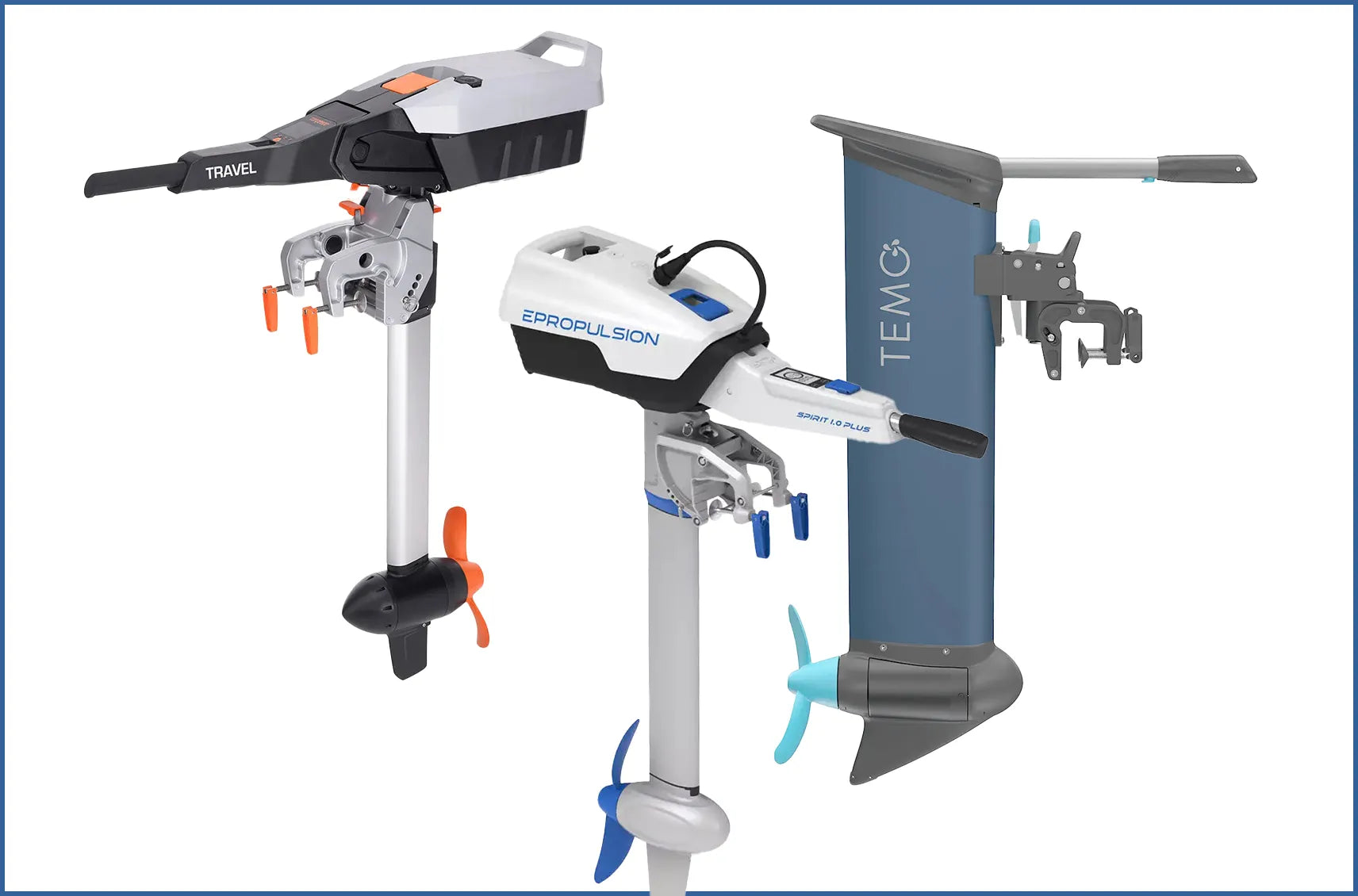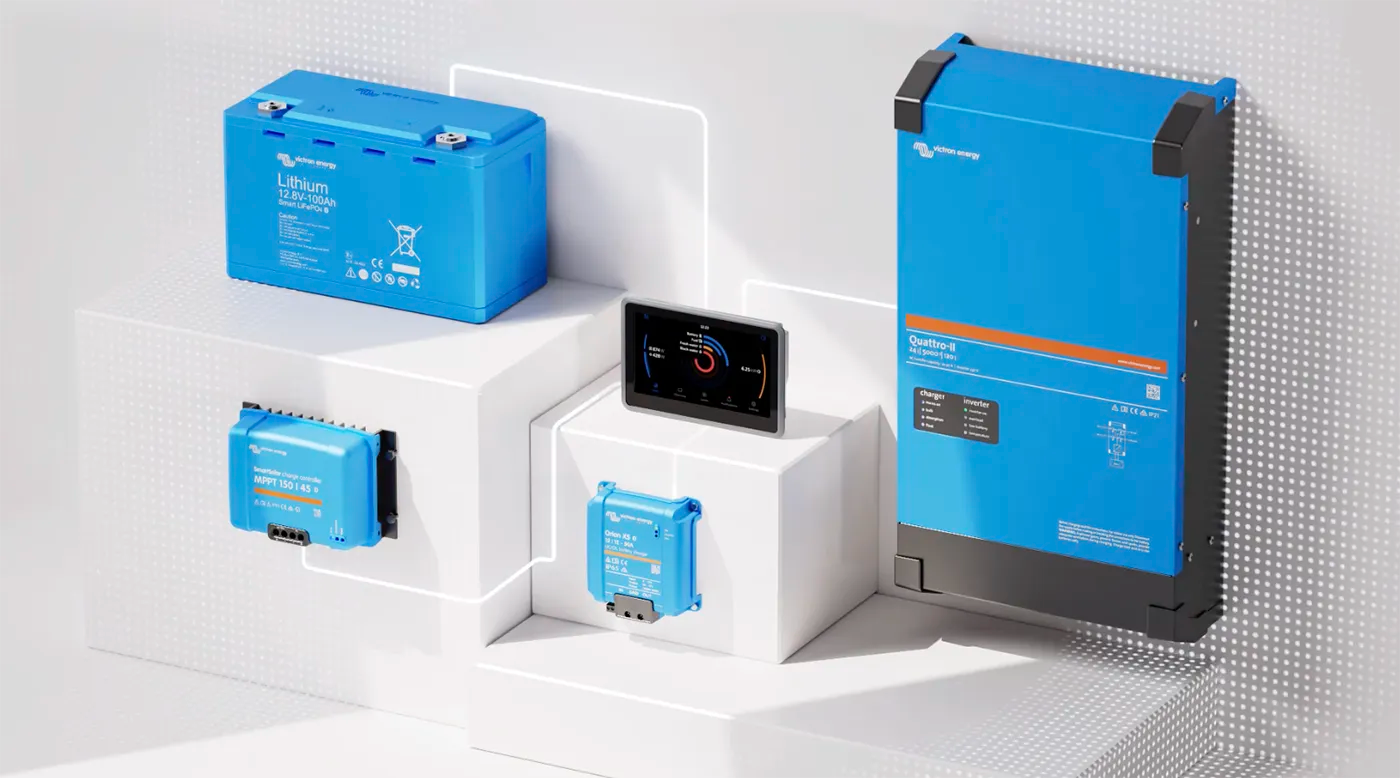How to Measure Shaft Length for Your Electric Outboard Motor
When choosing the right electric outboard for your boat, shaft length is one of the most critical—and often overlooked—factors. An improperly sized shaft can lead to poor performance, reduced efficiency, and even safety issues on the water. At BlueMarine, we want to make sure your electric boating experience is smooth and optimized from the start. Here’s what you need to know about measuring shaft length for your electric outboard.
Why Shaft Length Matters
The shaft length of your outboard determines how deeply the motor’s propeller sits below the waterline. If it’s too short, the propeller may ventilate (suck in air), reducing thrust and making steering difficult. If it’s too long, you could experience unnecessary drag and risk damage in shallow water.
How to Measure Shaft Length
To find the correct shaft length for your electric outboard, follow these simple steps:
1. Measure Your Boat’s Transom Height
Use a tape measure to determine the vertical distance from the top of your boat’s transom (where the motor mounts) down to the bottom of the hull or keel.
-
For small inflatables and dinghies, this is usually around 15 inches (short shaft).
-
For larger dinghies, sailboats, or boats with deeper transoms, the height may be 20 inches or more (long shaft).
2. Compare with Outboard Shaft Specs
Now that you know your transom height, match it to the correct shaft size:
| Transom Height | Recommended Shaft Length |
|---|---|
| 15–17 inches | Short Shaft |
| 18–21 inches | Long Shaft |
ePropulsion's Spirit Series, for example, offers both short and long shaft models. It's important to choose the one that aligns with your specific boat setup.
Tip: Consider Operating Conditions
If you often operate in rough water or load your boat heavily, a slightly longer shaft can help maintain consistent submersion. On the other hand, if you use your boat in shallow bays or rivers, a shorter shaft might be ideal.
What If You Choose the Wrong Shaft Length?
A mismatched shaft length can cause:
-
Cavitation or ventilation (air getting sucked into the prop)
-
Reduced propulsion efficiency
-
Motor damage from improper water cooling or impacts
It’s worth taking the extra time to get this right—you’ll enjoy better handling, quieter operation, and longer motor life.



